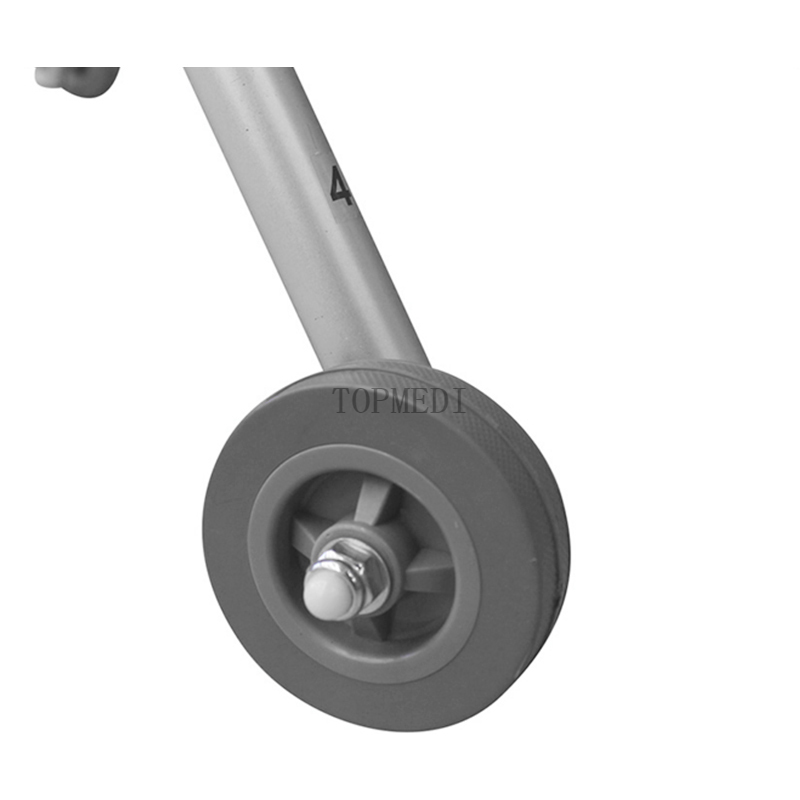Walking independently is one of the main goals of rehabilitation for children with cerebral palsy. Many parents want their babies to be able to move freely and independently. But actually, before they can walk on their own, the baby needs to be trained in assisted mobility. Many children with cerebral palsy are unable to play and explore the world as normal children when they are about 3 years old because they have no ability to move and do not master the skills of climbing and walking independently. For children with severe cerebral palsy, assisted mobility may last longer.
Prepare appropriate mobility AIDS in advance according to the age and functional state of the child.
Children wear comfortable clothes and keep a good mental state. Some children need orthotics for training; Children with muscle tone problems need proper muscle relaxation before training.
Use a trolley or a walker for the child to grasp and push. As shown in Figure 1, the rearly-pulled walker is suitable for babies with cerebral palsy whose center of gravity is backward. When he or she is walking, the walker will activate the brake device to help the baby's center of gravity return to the neutral position and prevent falling. Figure 2 and 3 below show the pusher walker, which is widely used and convenient.
Many children with cerebral palsy have mobility difficulties and mobility is one of the important indicators to evaluate the motor ability of children with cerebral palsy. According to the characteristics of children with cerebral palsy, choose different auxiliary mobile devices to help children with cerebral palsy to carry out mobile training under the support of auxiliary devices, which can help babies to improve motor ability, control posture and improve abnormal patterns. To help children with cerebral palsy to participate more in various activities and interactive games in life, and to combine daily life with children's rehabilitation treatment, is conducive to improving the comprehensive ability of children with cerebral palsy and conducive to their all-round development.



































